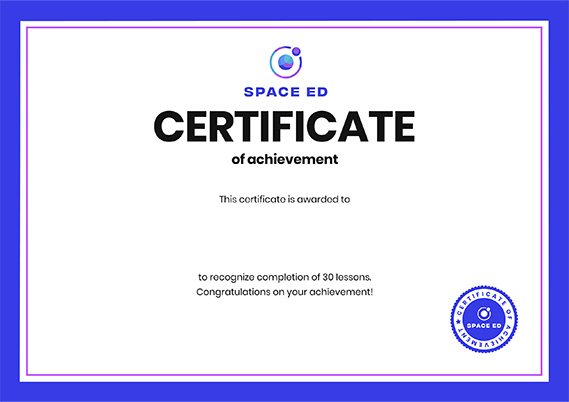Are the Northern Lights dangerous? - Fabio Pacucci
496,928 Views
0 Questions Answered
Let’s Begin…
In September 1859, miners following the Colorado gold rush woke up to another sunny day. Or so they thought. To their surprise, they soon discovered it was actually 1am and the sky wasn’t lit by the sun, but rather by brilliant drapes of light. The blazing glow was a solar storm— the largest in recorded history. So what exactly is a solar storm? Fabio Paccuci explains this astrophysical phenomena.
Additional Resources for you to Explore
Observations of the Sun pre-date the invention of the telescope by millennia. While current studies point to the Babylonians of the 8th century BCE as the first to produce systematic records of solar eclipses, only with the advent of the telescope in the 17th century CE did it become possible to pursue an accurate investigation of our star. For example, the renowned Italian scientist Galileo Galilei, who was the first to use the telescope for astronomical purposes, published a pamphlet in 1613 entitled “Istoria e Dimostrazioni intorno alle Macchie Solari” (History and demonstrations about sunspots, or “Letters on Sunspots” in brief), where he pointed out that the surface of the sun is “stained” by darker spots, which appear periodically. Note that this was a substantial blow to the Aristotelian model of the cosmos, which assumed that the sky was immutable.
Of course, observations of the Sun have improved significantly over the centuries, with the creation of solar towers, better solar filters (never observe the Sun with naked eyes!), and eventually, with the development and launch of solar observatories in space. The first space-based solar observatory was launched in 1962 by NASA and was called Orbiting Solar Observatory, or OSO. Among the most successful space-based solar observatories is the Solar and Heliospheric Observatory (SOHO) launched in 1995 and the recent Solar Dynamics Observatory (SDO) launched in 2010.
However, the real protagonist of this dig deeper section is a ground-based solar observatory. The Daniel K. Inouye solar observatory, with its 4-meter telescope in Hawaii, is currently the most powerful observatory of this kind in the world. Its cutting-edge technology in terms of adaptive optics allowed this facility to reach unprecedented angular resolution images of the surface of the Sun.
At the beginning of 2020, the Inouye telescope released this image, which is currently the highest-resolution photo of the photosphere ever made. The golden granularities that you can observe are in fact immense bubbles of incandescent plasma, each one the size of Texas! The smallest features seen in the image are about 18 miles, or 30 km in size.
With the help of these images and with all the data collected by this and other telescopes around (and above!) the world, scientists are acquiring a better understanding of the structure and evolution of our Sun. This will improve space weather forecasts and help us prepare for the next solar storm. Solar scientists, with the help of their ever-advancing instruments, will do whatever it takes to keep our lights on.
About Space Ed
Space Ed helps you untangle the mysteries of space with the universe’s best videos on everything from Einstein's theory of relativity to what it would take to live on Mars. Brush up on the science, philosophy and mystery of space, because the fabric of the universe is the same fabric that connects us all.
Meet The Creators
- Director of Production Gerta Xhelo
- Script Editor Alex Gendler
- Editorial Director Alex Rosenthal
- Sound Designer Nick Hilditch
- Producer Bethany Cutmore-Scott
- Editorial Producer Dan Kwartler
- Educator Fabio Pacucci
- Narrator Jack Cutmore-Scott
- Music Bob Bradley, Audio Network




